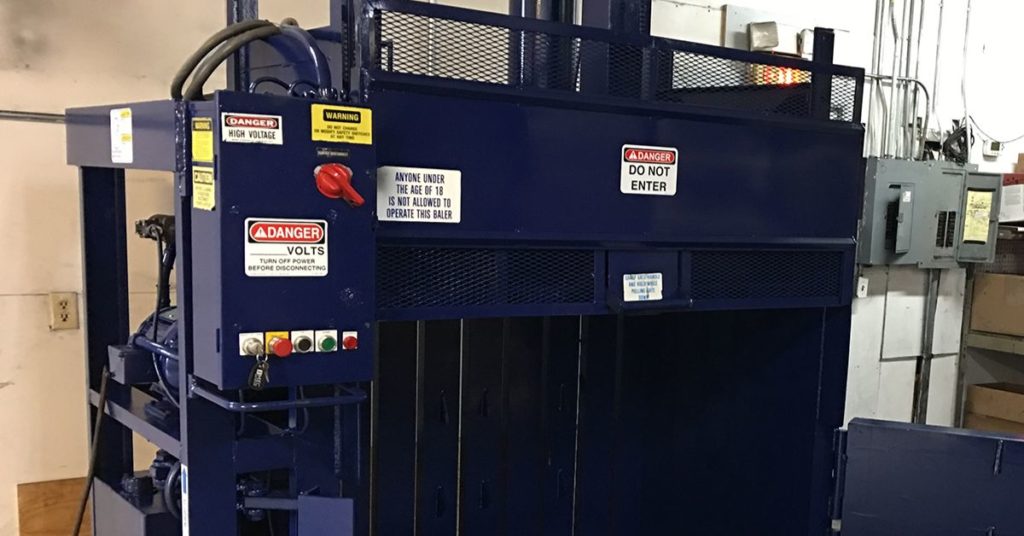Efficient waste management is crucial for businesses, not only for maintaining cleanliness but also for promoting sustainability. Trash compactors are a practical solution, offering a way to drastically reduce the waste footprint while enhancing the overall efficiency of disposal processes.
Understanding the basics of how trash compactors function is essential for anyone looking to implement effective waste management practices. These devices are not merely mechanical tools—they reflect a commitment to environmental responsibility and resource conservation.
The Components of Trash Compactors
A trash compactor consists of several key components that work in unison to perform the machine’s function efficiently. The primary parts include a compaction chamber, a ram, an electric motor, and a control panel. The compaction chamber is where the waste goes, while the ram is a powerful mechanism that applies pressure to compress the materials. The electric motor, operated by using the control panel, drives the ram at different speeds, depending on the model and the type of waste.
How Trash Compactors Work
The operation of a trash compactor is relatively straightforward. Users load waste materials into the compaction chamber without overloading it to avoid hindering its functionality. Once the waste is in place, the user activates the machine using the control panel. The electric motor powers the ram, which then moves into the chamber and compresses the waste. This process reduces the volume of materials, making them easier to handle and store.
The Benefits of Using Trash Compactors
A trash compactor can achieve a compaction ratio of 4:1, meaning that it can reduce the volume of waste to a quarter of its original size. This high level of compression brings some notable financial and environmental benefits. Financially, reducing the volume of waste through effective compaction results in fewer hauls required to transport the waste, lowering transportation and disposal costs. Environmentally, a decreased waste footprint means less space is taken up in landfills, which helps mitigate the impact of waste accumulation.
How To Choose the Right Trash Compactor
When selecting a trash compactor, it’s essential to consider factors such as size, capacity, and intended use. Residential compactors tend to be smaller, while commercial compactors can handle heavy-duty materials. It’s also important to assess the volume of waste generated to choose a model that can efficiently manage that amount.
The Importance of Maintenance
Proper maintenance is crucial for ensuring the longevity and functionality of a trash compactor. Components such as the ram and motor require constant lubrication to ensure smooth operation, while keeping the compaction chamber clean prevents any buildup of waste that could impede the compactor’s performance. Professional trash compactor maintenance services can help users identify and resolve potential issues before they escalate, allowing the machines to operate efficiently.
Understanding the basics of how trash compactors function can significantly enhance waste handling strategies for residential and business purposes. With their ability to reduce waste volume, streamline disposal processes, and mitigate environmental impact, trash compactors are invaluable tools for waste management.


